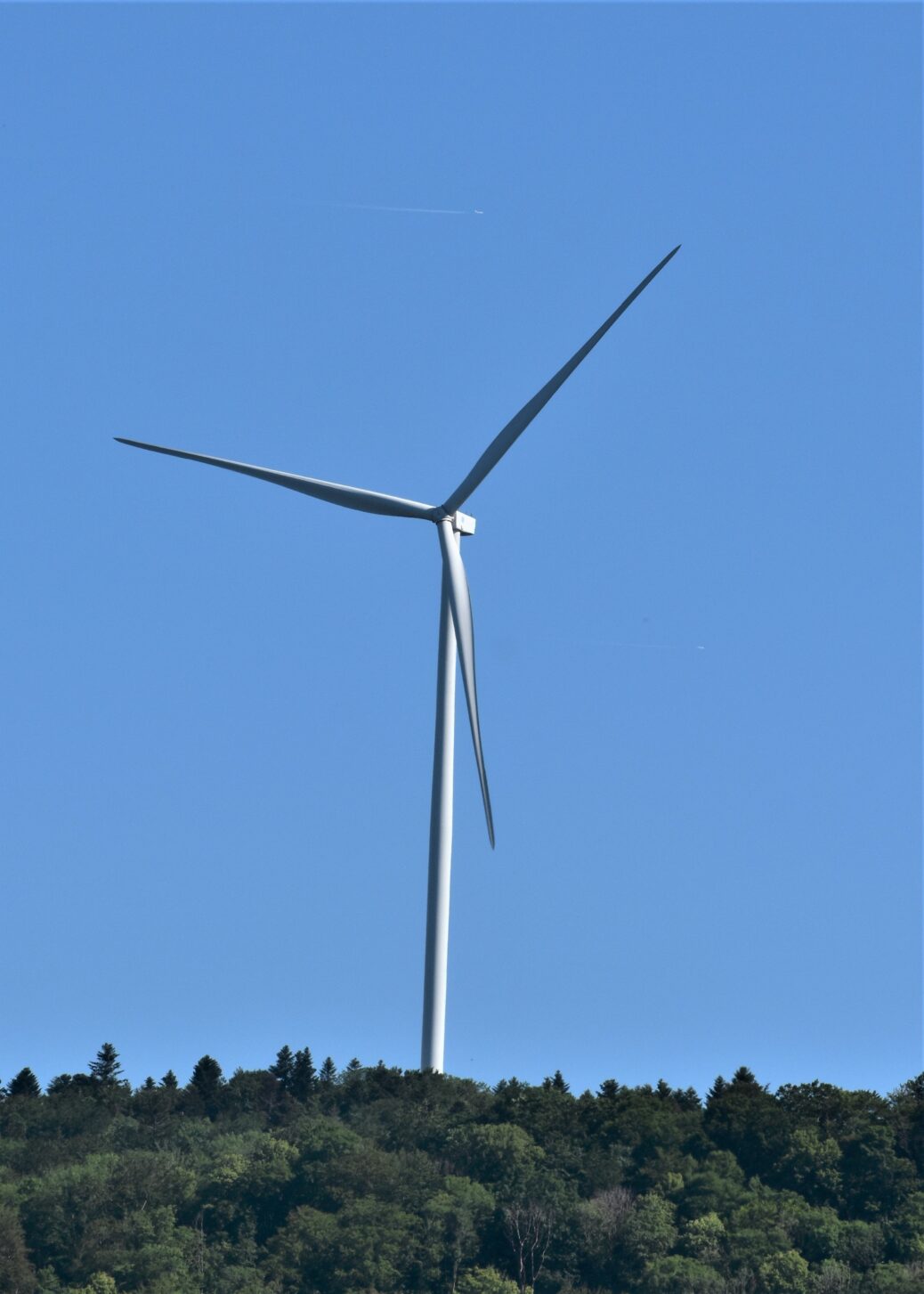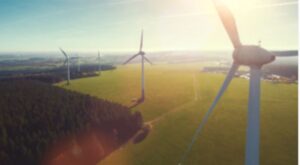Wind turbine towers are the solution to the rising cost of energy which is eco-friendly and they produce electricity The rise in people, sustainable development, and climate change issues have culminated in an increase in technologies to sustainable power such as wind turbines. For solid, stable, and highly efficient systems, most forms of wind turbines depend on steel. Consider the steel turbines and their benefits in comparison to other components.
The Latest Wind Turbine Tower Industry Innovations
Wind energy, which is renewable energy, does not pollute the environment or contain toxic greenhouse gases in the atmosphere. Unlike the power of fossil fuel which relies on the emission of coal or gas, it produces no CO2. Turbine towers regain their power generation through building, service, and demolition within just a couple of months of activity. The suppliers produce their key components from steel in using wind-powered turbines to their maximum extent.
Steel is sufficiently powerful to support the gas turbines as they turn, and to supply a solid framework and equipment. The nacelle weighs 300 tonnes and requires strong steel to operate safely. The nacelle includes higher value steels and electrical girds, which lead to conserving energy. In most parts of the turbine, the tribüne tower industry has incorporated steel to boost strength.
Tubular Steel Towers
For all its towers, steel is used as the foundation for the broadest tubular wind farm turbine, built-in 20 to 30-meter parts. Each element has two ends of clamps. Such pieces were installed on the grounds by the staff. As the title suggests, conical tubular towers with a rising diameter toward the bottom. This enhances the endurance of the tower and can save content. The steel benefit of this tower is that the turbine’s height and strong load are balanced by a solid enough foundation. Steel is a substance that is sufficient to allow a tubular steel tower to be conical without cracking or enduring high pressure.
Lattice Towers
Instead of metal plates, Lattice towers have soldered steel images. Structures give the benefit of lower prices than others because they use about half the components for tubular structures. Nevertheless, the structure stays as stable and robust as the tubular structures. Steel will operate with fewer components because of the incredible power of the steel with this sort of turbine. Lattice towers allow the wind speed to cross bases and towers, reducing stress and structural opposition. The presence of lattice towers is one disadvantage for some citizens. The usage of lattice towers for present turbines has been reduced by artistic concerns.
Bolted Steel Towers
There are different tower parts in the bolted wind turbines in metal, each installed on top. Such pieces were constructed of metal shells built on-site by employees. The metal shells were rotating stainless steel tubes, then firmly bolted to shape the structure. Bolted metal towers permit very high hub levels (max hub height no limitation) and low travel specifications. The towers are easy and fast to build and need a low lifespan.
Steel Hybrid Towers
Metal and hybrid concrete towers, as both materials bring out the best of them, are suitable for large onshore wind generators. The comprehensive range buildings don’t even need a diameter as high which reduces the number of plants that have to be growing. Most industry analysts agree that models constructed from concrete metal are really the future. The bottom parts can provide the maximum level and strength in concrete with a tubular steel bleacher section.



